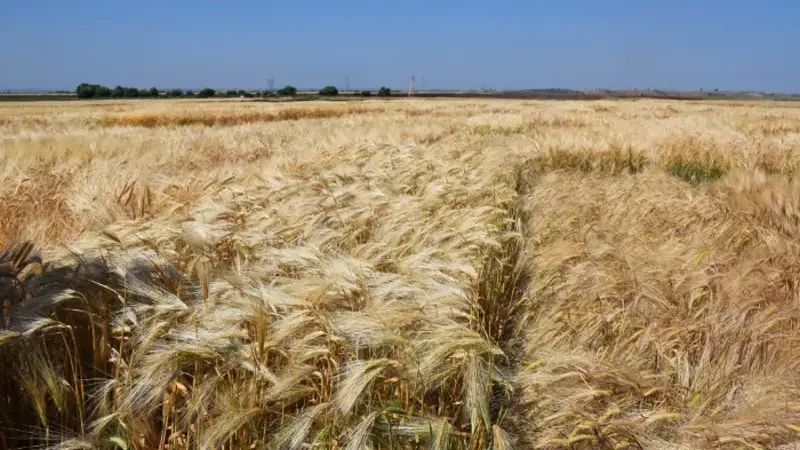New emerging strains of net blotch disease, a danger to Morocco’s deployed barley resistance

Barley is a classic drylands crop that can grow under wide ranging conditions. It can survive salinity and droughts and is one of the toughest cereal crops. In Morocco, barley accounts for 38 percent of the total cereals cultivated (FAOSTAT). Barley farmers may, however, be facing a new and potent threat to their crop yields.
Scientists have observed the emergence of new virulent strains of net blotch that are breaking down the durable resistance of currently deployed barley varieties in Morocco.
Net blotch is a common fungal disease that reduces yield and grain quality of barley crops. Being one of the main production constraints, the average yield of barley in Morocco is 1.38 tonnes per hectare (t/ha), which is far lower than the world average of 2.9 t/ha.
The findings were the results of a study performed by scientists from ICARDA, the Mohammed V University-Agdal, Morocco, and INRA-Morocco, to evaluate the distribution pattern of the virulences of the net blotch pathogen of barley in Morocco. Sixteen barley genotypes were challenged at seedling stage with strains collected from different agro-ecological zones of Morocco. The experiment revealed a shift in the virulence frequencies and the emergence of new more aggressive strains of net blotch. The so far reliable disease resistant varieties such as “Rabat071” were found to be susceptible, pointing to the need to discover new diverse sources of resistance.
In Morocco, since farmers do not use fungicides on barley, the use of resistant cultivars has been providing for a cost-effective and environmentally friendly disease management strategy. The breeding program now needs to look for new solutions to protect the crops yields.
The study findings were published in a paper titled, “Virulence of Moroccan Pyrenophora teres f. teres revealed by International Differential Barley Genotypes” in Cereal Research Communications (doi: 10.1556/0806.44.2016.018)
The research was supported by the CGIAR Research Program on Dryland Cereals in collaboration with ICARDA.
